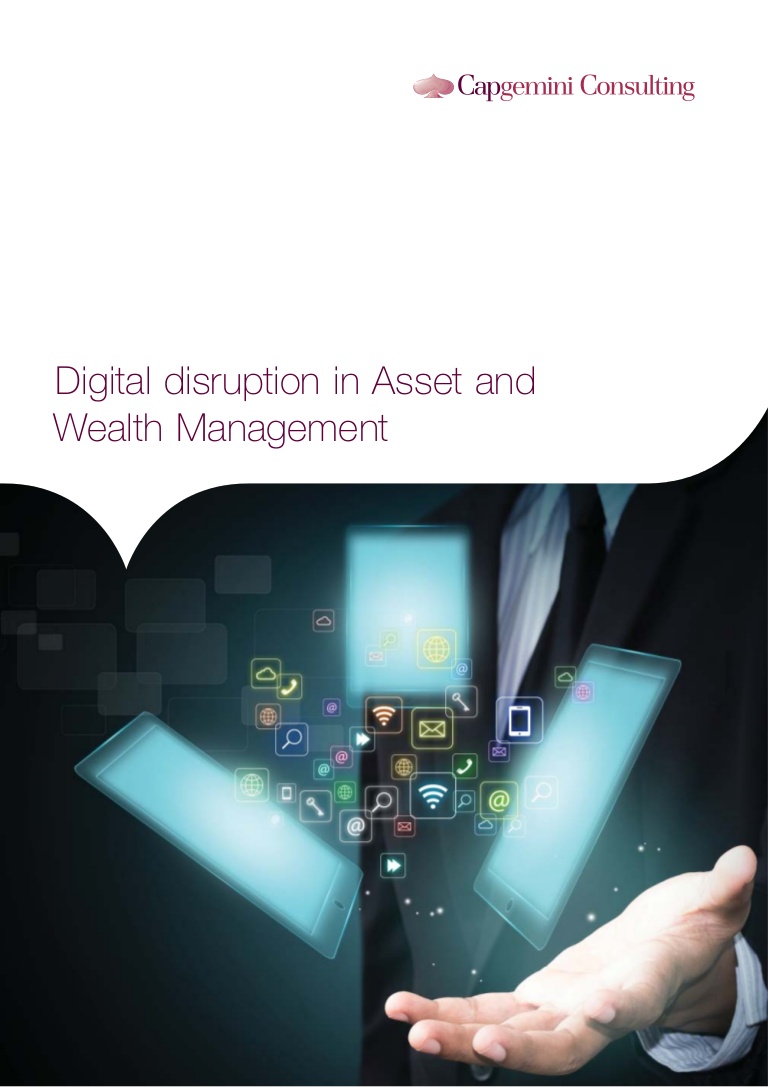
Australian families traditionally built wealth through buying property, investing in shares or putting cash in bank term deposits.
But in the past five years we’ve seen an astonishing disruption in financial services that gives consumers different ways to invest.
Contents
Amazon CEO becomes world’s richest man
Jeff Bezos, president and CEO of Amazon has dethroned Bill Gates as the world’s richest man after Amazon stock jumped in value.
Technology developed by IT professionals for financial institutions has been repurposed for individual use, even allowing us to use it on smartphones.
Let’s look at these disrupters:
P2P lending: Banks take deposits and lend them to customers. The “P2P lenders” don’t take deposits – they have investors who want a certain return on their money. The lender finds borrowers, manages the loans and repayments over a digital platform, and they charge an interest rate, from which investors are paid a proportion. Some P2Ps have institutional investors but others match small investors and borrowers, such as services like SocietyOne, Ratesetter and ThinCats. Why invest in P2P lending? They make unsecured loans to business owners – a very large market, under-serviced by the banks.
Unitised Property: When you buy units in a real estate investment trust, you’re buying units in many commercial properties, and sharing in the portfolio’s growth and rental yields. Thanks to smart digital platforms, such as BrickX, there are now unitised property funds that invest in Sydney and Melbourne residential properties. The property is typically divided into several thousand units and your investment rises or falls dependent on market value. The advantage? You can invest in prime residential real estate without taking on a mortgage or saving a deposit.
Exchange-traded products (ETPs): Bonds, gold and stock market indices (for example, S&P/ASX 200) are known investments, but they can require a high minimum investment. Or you can buy the ETP version, which are units in a portfolio of bonds, gold or market indices, and which are traded on the ASX. Why would you do this? So you don’t have to buy the bonds directly, or the gold physically or all the shares that make up the ASX200. Yet you still participate in the market performance. There are now hundreds of ETPs and they can be traded on your smartphone.
Microsaving: Some of the fintech apps on smartphones help people save their small change, usually in share-based or fixed interest funds, to build large balances. That’s the lure of an app such as Acorns, in which you “round-up” the change from daily purchases and deposit it into your account. The attraction? You commit to lots of small deposits rather than having to find $5000 to invest in a managed fund. Sort of saving by stealth.

I like the accessibility of fintech apps on a phone. But the basics of sound investing hold true whether you’re tapping on an app or handing a cheque to a fund manager. So always assess investments on their fundamentals, and ask where they fit with your investment plan. Do your research, read the reviews and make sure a regulator has given it the tick.
Most crucially: risk and return are tightly correlated for investments. So just because you invest via a “shiny-new-thing”, it doesn’t mean lower risk… or higher returns than the traditional investment it replaces.

